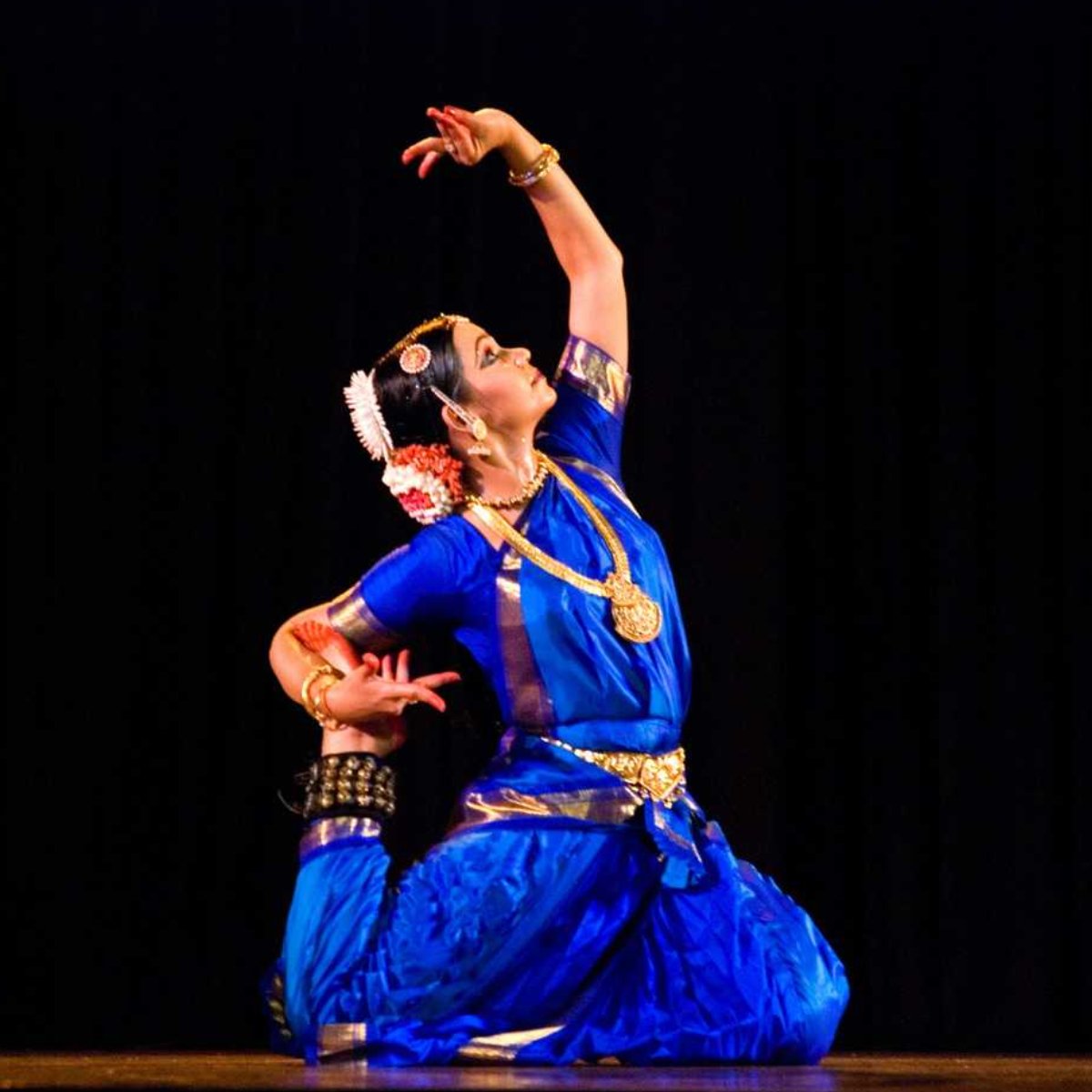Indian dance is a diverse art form that encompasses a wide range of styles and traditions. India has a rich cultural heritage, and dance is an integral part of its history, religion, and society. Indian dance can be broadly classified into two categories – classical and folk.
Classical Indian dance forms are highly stylized and are based on the principles of Natyashastra, an ancient Indian text on performing arts.
Folk dances, on the other hand, are regional and are performed to celebrate festivals, rituals, and other social occasions. There are numerous folk dance forms in India, such as Bhangra, Garba, Dandiya, Chhau, and many more.
Indian dance is an important part of the country’s cultural identity and continues to thrive and evolve with new forms and styles emerging constantly.

Bharatanatyam – a dance form that originated in the temples of Tamil Nadu. Bharatanatyam is known for its graceful movements, intricate footwork, and expressive storytelling.
Kathak – a dance form that originated in northern India. Kathak is characterized by its fast footwork, spins, and intricate rhythmic patterns.
Kathakali – a dance-drama form that originated in Kerala. Kathakali is known for its elaborate costumes, makeup, and facial expressions.
Kuchipudi – a dance form that originated in Andhra Pradesh. Kuchipudi is known for its fluid movements, graceful expressions, and intricate footwork.
Manipuri – a dance form that originated in Manipur. Manipuri is characterized by its gentle movements, lyrical quality, and use of hand gestures.
Mohiniyattam – a dance form that originated in Kerala. Mohiniyattam is known for its graceful movements, delicate expressions, and rhythmic footwork.
Odissi – a dance form that originated in Orissa. Odissi is known for its fluid movements, intricate footwork, and expressive storytelling.
Sattriya – a dance form that originated in Assam. Sattriya is characterized by its energetic movements, intricate footwork, and use of masks and props.
Copyright © 2025 TFN School Music. Develop by WBN Technology